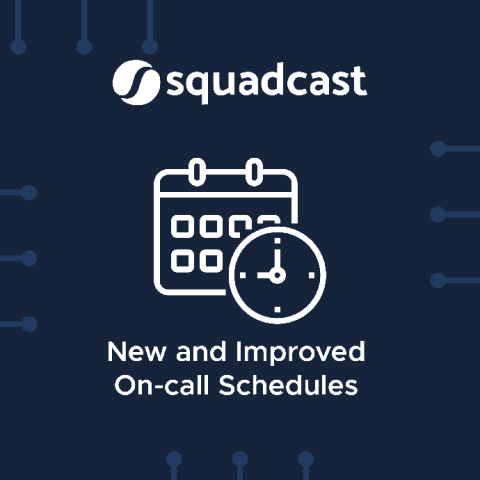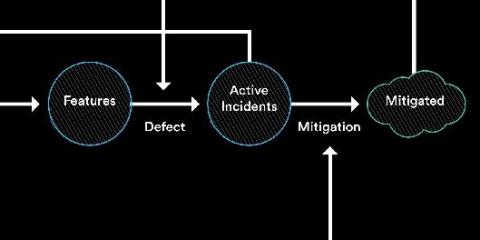Operations | Monitoring | ITSM | DevOps | Cloud
Alerting
Scheduling IT and Engineering on-call rotations just got easier
Importance of After-Hour Response Teams
Exceptional customer service is key in the world of IT, where something could go wrong at any given moment. This level of support equates to business retention, client satisfaction and high success rates and profits. In this post, I’ll introduce a hypothetical scenario, where “MSP Team A” provides 24×7 after-hours support to a valuable client.
2020 Is the Year of AIOps
451 Research Senior Analyst Nancy Gohring and Moogsoft EMEA CTO Will Cappelli outlined market opportunities and challenges during their instructive webinar “AIOps Predictions 2020.”
Q&A: AIOps Predictions 2020
Can you trust AIOps tools not to make mistakes? Is there an implementation standard for AIOps? What’s the risk of not adopting AIOps?
Structuring Your Teams for Software Reliability
Incident Response - how great companies do it
An incident response plan is a pre-devised action stratagem for IT teams on how to respond to critical IT events efficiently. As modern applications continue to grow in scale and complexity, there will be more people working on more interdependent systems, consequently, the question is not if a system will fail, but when, and how best to respond.
AIOps: What's in a name?
Since the term ‘AIOps’ came into use in the monitoring sector a couple of years ago, there has been much confusion about what it means. We hear from users asking if they need it – a difficult question given that the answer depends on how you define it. Since there isn’t a broadly accepted definition, a range of vendors now market their products as AIOps offerings, even though these products cross subsectors and may not be directly competitive.
Maintenance Windows
Today, we are excited to announce PagerTree now officially supports maintenance windows! Long overdue (technically from our 2019 roadmap), with maintenance windows it’s now easier than ever to suppress alerts from integrations during specific time periods.











